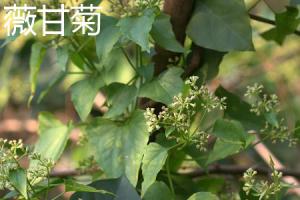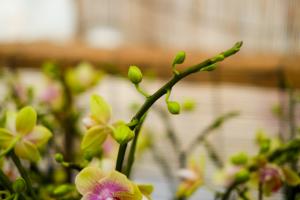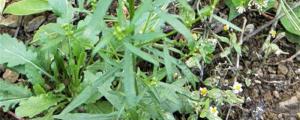Introduction
Erosion is a natural process that involves the movement of soil, rock, and other materials from one place to another. It is accelerated by human activities such as deforestation, agriculture, and construction. Erosion can have devastating effects on the environment, causing loss of fertile soil, damage to infrastructure, and increased sedimentation of water bodies. Fortunately, trees and plants play a crucial role in preventing erosion and its negative impact.
Root Systems
The extensive root systems of trees and plants help to bind soil particles together and reduce erosion. When rainwater hits the ground, the roots hold the soil in place, preventing it from being washed away. This is especially important on slopes where erosion is common. The roots also act as a sponge, absorbing excess water and reducing runoff. This allows water to trickle down into the soil, providing moisture for plants and replenishing groundwater supplies.
Fragile Ecosystems
Trees and plants are crucial in fragile ecosystems such as wetlands and riverbanks. These areas are prone to erosion and damage from floods, and the root systems of trees and plants help to stabilize the banks and prevent soil erosion. They also provide a valuable habitat for various species of animals, birds, and insects. The trees and plants help to maintain the balance of the ecosystem, ensuring that biodiversity is maintained and the natural environment is protected.
Buffer Strips
Buffer strips are areas of vegetation that are planted in areas where erosion is likely to occur, such as alongside waterways and on slopes. These strips can consist of trees, shrubs, and grasses, and their purpose is to act as a barrier between the soil and the erosive forces of wind and water. The vegetation slows the movement of water and captures sediment, preventing it from being carried downstream. The buffer strips also provide additional benefits such as wildlife habitat, carbon sequestration, and aesthetic value.
Preventative Measures
Trees and plants can also be used in combination with other preventative measures, such as terracing and contour plowing, to reduce erosion in agricultural areas. These techniques involve modifying the landscape to slow the movement of water and direct it away from vulnerable areas. Trees and plants can be planted on the terraces to further stabilize the soil and reduce runoff. In addition, cover crops such as grasses and legumes can be planted in between crops to protect the soil from erosion.
Conclusion
Trees and plants play a crucial role in preventing erosion and preserving the natural environment. Their root systems bind soil particles together, stabilize riverbanks and wetlands, and act as buffer strips in vulnerable areas. In addition, they provide habitat for wildlife, sequester carbon, and provide aesthetic value. It is important that we recognize the value of trees and plants in preventing erosion and work to protect and preserve these vital resources.

 how many times do yo...
how many times do yo... how many planted tre...
how many planted tre... how many pine trees ...
how many pine trees ... how many pecan trees...
how many pecan trees... how many plants comp...
how many plants comp... how many plants can ...
how many plants can ... how many plants and ...
how many plants and ... how many pepper plan...
how many pepper plan...




























